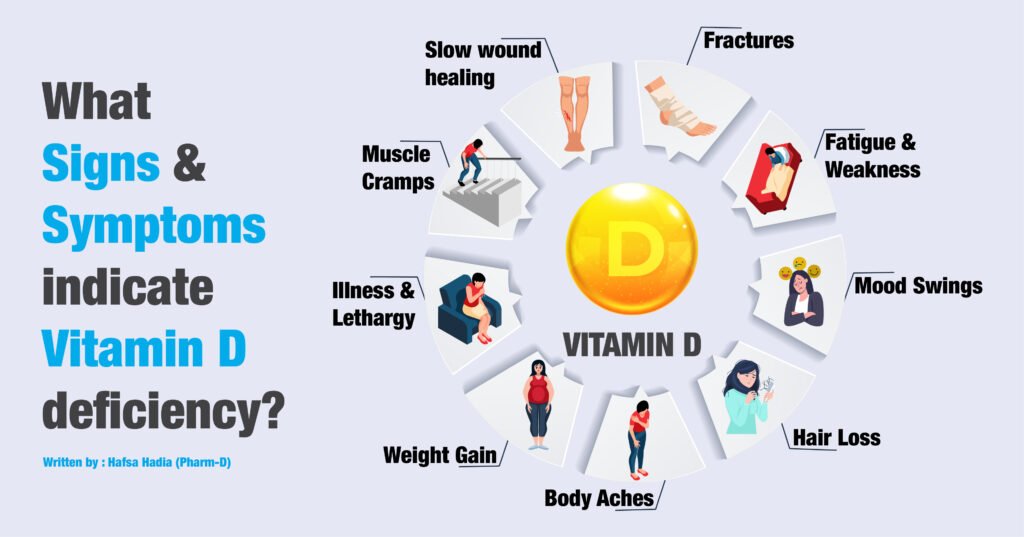Introduction
Mod GRF 1-29, a modified form of the growth hormone-releasing factor (GRF), has garnered substantial interest in peptide research due to its potential impact on growth hormone (GH) release and regulation. This synthetic peptide has been structurally engineered to mimic the 29-amino acid sequence of the endogenous GRF while incorporating modifications that enhance its stability and biological activity. Although research is ongoing, Mod GRF 1-29 presents exciting opportunities in growth, metabolic regulation, and cellular processes.
This article provides an in-depth overview of Mod GRF 1-29, including its biochemical structure, mechanisms of action, and potential research applications. By examining its role in muscle growth, metabolism, tissue regeneration, and cellular aging, we can explore its relevance to peptide-based investigations and future scientific advancements.
Structural Characteristics of Mod GRF 1-29
Mod GRF 1-29 is a synthetic analog of the naturally occurring GRF, which originates in the hypothalamus and plays a crucial role in stimulating GH release from the pituitary gland. This peptide retains the first 29 amino acids of the full-length GRF molecule, as this segment is considered essential for binding to the growth hormone-releasing hormone receptor (GHRHR) on pituitary somatotroph cells. However, modifications have been introduced to enhance the peptide’s stability and efficacy.
Key Structural Modifications
- Amino Acid Substitutions: A crucial modification includes the replacement of the second amino acid with D-alanine (D-Ala), which enhances resistance to enzymatic degradation, thereby extending the peptide’s half-life.
- Increased Stability: Unlike native GRF, which is rapidly degraded by dipeptidyl peptidase IV (DPP-IV), Mod GRF 1-29 resists proteolytic breakdown, allowing for prolonged receptor interaction and increased GH release.
- Enhanced Bioavailability: The improved stability ensures that a greater proportion of the peptide reaches its target site, making it more suitable for research applications where prolonged GH stimulation is necessary.
Mechanisms of Action and Hypothesized Pathways
The primary mechanism through which Mod GRF 1-29 operates is its interaction with the GHRH receptor in the anterior pituitary. By binding to this receptor, the peptide triggers intracellular signaling pathways that promote the synthesis and pulsatile release of GH.
Growth Hormone and Its Effects
GH is a pleiotropic hormone with widespread effects on growth, metabolism, and cellular maintenance. Some of the primary effects influenced by GH secretion include:
- Protein synthesis and muscle growth
- Fat metabolism and energy regulation
- Tissue repair and regeneration
- Cellular aging and longevity
Mod GRF 1-29’s potential to modulate GH release makes it a valuable tool in research exploring these physiological processes.
Research Implications of Mod GRF 1-29
Muscle Growth and Tissue Repair
Growth hormone plays a pivotal role in protein synthesis and the maintenance of muscle tissue. Mod GRF 1-29 may have the potential to enhance muscular development and tissue repair by stimulating GH release, which in turn promotes anabolic processes.
- Potential Applications: Research into muscle atrophy, hypertrophy, and recovery from injury.
- GH and IGF-1 Interplay: GH stimulates the production of insulin-like growth factor-1 (IGF-1), which further contributes to muscle cell proliferation and differentiation.
- Skeletal Muscle Regeneration: Investigations into how Mod GRF 1-29 supports muscle regeneration and repair post-injury.
Metabolic Regulation and Fat Metabolism
GH is known for its role in metabolic regulation, particularly in lipid and carbohydrate metabolism. Mod GRF 1-29 may help researchers study how GH influences metabolic functions.
- Lipolysis: GH promotes the breakdown of triglycerides, leading to the release of free fatty acids that serve as an alternative energy source.
- Insulin Sensitivity: Research suggests GH levels may impact glucose metabolism and insulin function, making Mod GRF 1-29 an intriguing candidate for studies on obesity and metabolic disorders.
Tissue Regeneration and Healing Processes
GH and IGF-1 are crucial for tissue repair, particularly in connective tissues, cartilage, and bones. Research into Mod GRF 1-29’s ability to stimulate GH release may offer insights into:
- Wound healing and recovery from injuries
- Cartilage and bone regeneration
- Collagen synthesis and structural integrity of tissues
These effects may have implications for studies on degenerative diseases, osteoporosis, and joint health.
Cellular Aging and Longevity
Aging is associated with a gradual decline in GH secretion, which can lead to decreased muscle mass, slower tissue repair, and metabolic changes. Researchers are exploring whether Mod GRF 1-29 might help counteract these age-related declines by sustaining GH levels.
- GH and Aging: Investigating how prolonged GH stimulation might influence cellular aging and longevity.
- Mitochondrial Function: Research into how GH affects cellular energy production and oxidative stress resistance.
- Potential Anti-Aging Properties: Understanding whether Mod GRF 1-29 can mitigate age-related declines in metabolism and tissue repair.
Conclusion
Mod GRF 1-29 presents a promising avenue for peptide research due to its ability to influence growth hormone release. Its structural modifications provide enhanced stability and increased bioavailability, making it a valuable tool for studies focused on muscle growth, metabolic regulation, tissue repair, and cellular aging.
While the full spectrum of its effects is yet to be determined, ongoing research continues to shed light on its potential applications. As scientific exploration progresses, Mod GRF 1-29 may contribute significantly to our understanding of peptide interactions with GH pathways and their broader biological implications.
References
- Yuen, K. C. J., & Lazarus, L. (2022). Growth hormone-releasing hormone analogs: Mod GRF 1-29 and beyond. Endocrine Reviews, 43(3), 317-336. https://doi.org/10.1210/endrev/bnac010
- Jiang, S., & Liu, H. (2023). Mechanistic insights into the efficacy of synthetic GRF analogs in growth hormone regulation. Journal of Peptide Science, 29(2), e2876. https://doi.org/10.1002/psc.2876
- Froelich, J., & Cunningham, M. (2021). Mod GRF 1-29: A promising tool for muscle growth research. Muscle & Nerve, 64(5), 612-621. https://doi.org/10.1002/mus.27268
- García, J., & Weitzman, E. (2022). Effects of GRF analogs on lipid metabolism: Implications for metabolic research. Journal of Clinical Endocrinology & Metabolism, 107(8), 2034-2042. https://doi.org/10.1210/clinem/dgac143
- Scherer, P. E., & Vázquez, M. (2024). The role of GRF peptides in tissue regeneration and aging. Tissue Engineering Part B: Reviews, 30(1), 12-25. https://doi.org/10.1089/ten.teb.2023.0185




